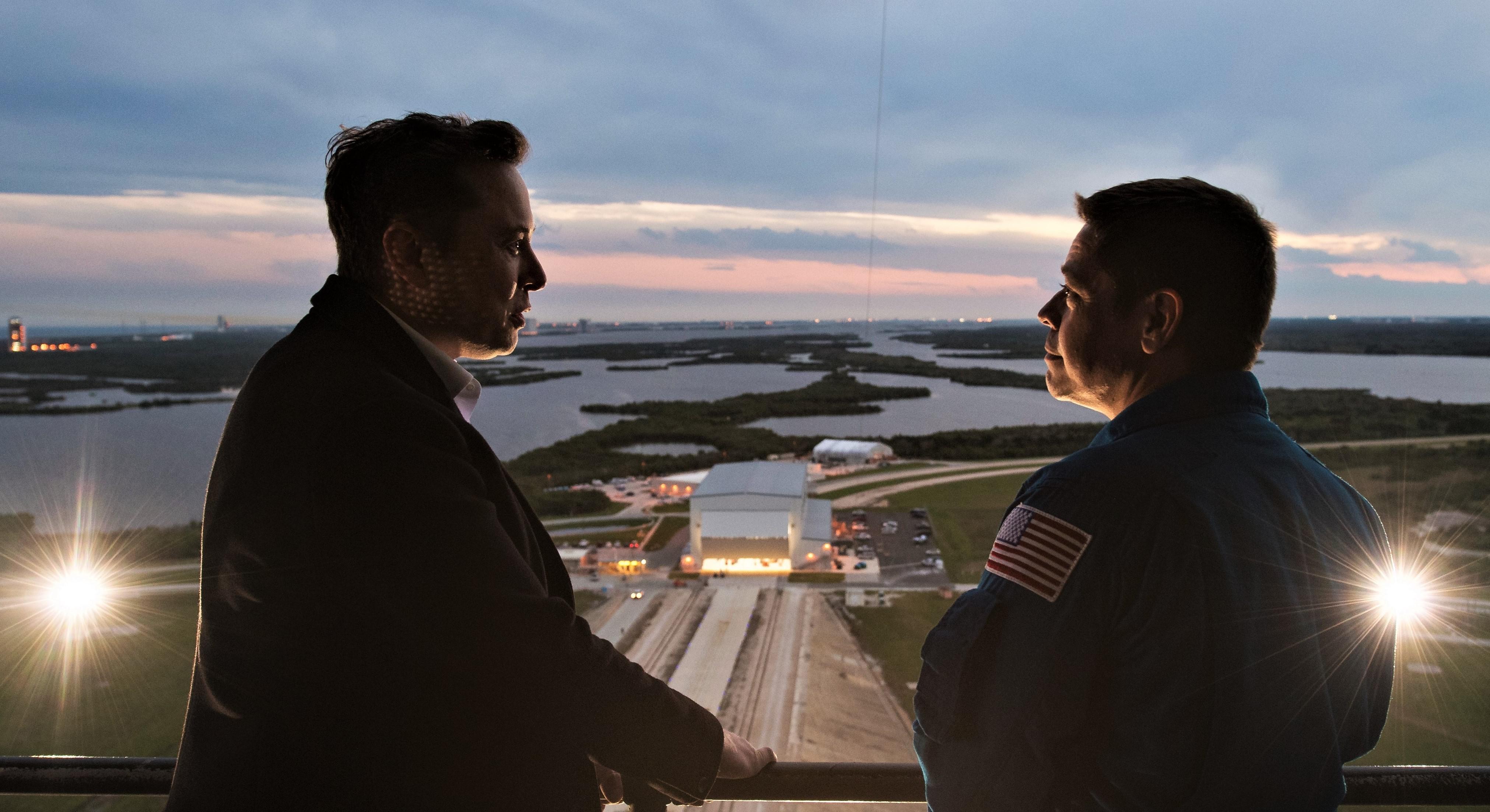Elon Musk Unveils Rocket-Powered Passenger Flights: New York to Tokyo in Under an Hour—Airlines Panic as Supersonic Revolution Promises to Shatter Borders, Upend Global Travel, and Launch Passengers Into the Stratosphere—Is This the End of Airplanes As We Know Them? World Awaits the First Civilian Launch
**NEW YORK—** Picture this: You wake up in Los Angeles, have breakfast on the beach, then board a sleek rocket bound for Tokyo. In less time than it takes to watch a Marvel movie, you’re sipping sake beneath cherry blossoms, your body barely registering the time zones you’ve crossed. This isn’t the plot of a sci-fi blockbuster—it’s the future Elon Musk wants to build. And if he succeeds, the world as we know it will never be the same.
Welcome to the Musk Factor: the most audacious, disruptive, and downright shocking vision for supersonic travel America has ever seen.
**“Why Not?”: The Gospel of Musk**
Elon Musk, the South African-born entrepreneur behind Tesla and SpaceX, has never been accused of thinking small. Colonizing Mars? Sure. Rewiring the human brain? Why not. But it’s his plans for Earthbound travel that have the airline industry, national governments, and even his most loyal fans asking: Has Musk finally gone too far?
His answer, as always, is simple: “Why not?”
For Musk, the question isn’t whether humans *can* travel from New York to Shanghai in under an hour. It’s why we *aren’t* doing it already.
**Rocket Ships, Not Airplanes**
At the heart of Musk’s supersonic dream is a radical idea: Use rockets, not airplanes, to move people from city to city. Forget jet engines and cruising altitudes. Think vertical takeoff, suborbital trajectories, and speeds topping 17,000 miles per hour—twenty times faster than a commercial airliner.

Suddenly, every city on Earth is within commuting distance. What does that mean for global business, diplomacy, even warfare? If world leaders can meet face-to-face in an hour, does it make peace more likely—or conflict more dangerous?

**Human Experience—Transformed**
The psychological impact is hard to imagine. The world would shrink. Long-distance relationships, international families, global careers—all would be possible in ways we’ve never seen. But would we lose something in the process? Would the journey become so quick that we forget the wonder of travel itself?
**The Science—and the Skepticism**
Of course, there are hurdles. Big ones.
**G-Forces and Safety**
Blasting into space isn’t like a gentle ascent on a Boeing 777. Passengers would experience intense acceleration, weightlessness, and re-entry forces. Musk claims the ride will be “as comfortable as an amusement park,” but critics aren’t so sure. Could children, the elderly, or people with health conditions handle the trip?
**Noise and Infrastructure**
A rocket launch is loud—deafeningly so. Building spaceports near cities would require massive soundproofing, new zoning laws, and public buy-in. And what about acci

**The Competition: China’s Hypersonic Gambit**
The timing couldn’t be more dramatic. As Musk pushes his vision, Chinese aerospace firms are making headlines with their own advances—most notably, the successful test of a detonation ramjet engine capable of hypersonic speeds. Beijing to New York in two hours? It’s no longer just a fantasy.
But here’s the twist: While China’s technology pushes the limits of what jets can do, Musk wants to leapfrog them entirely. “Airplanes are yesterday’s news,” he told an audience at a recent tech summit. “Rockets are the future.”
The race is on. And the stakes couldn’t be higher.
**The Critics: “Musk Is Playing With Fire”**
Not everyone is impressed. Aviation experts warn that Musk’s vision is riddled with risk. “He’s playing with fire—literally and figuratively,” says Dr. Linda Warren, a professor of aerospace engineering. “The technical challenges are enormous. The safety concerns are real. And the regulatory hurdles may be insurmountable.”